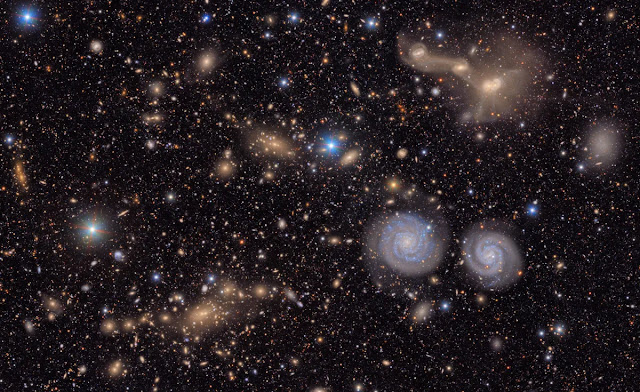When players yearned for a fresh adventure within the vast and enigmatic universe of Elden Ring, FromSoftware, in collaboration with Bandai Namco Entertainment, unveiled ELDEN RING: NIGHTREIGN. Released on May 30, 2025, this standalone title promised a revitalizing challenge: a cooperative roguelike experience that would redefine what it meant to delve into the lands between worlds.
This is the link to my videos on YouTube
Upon opening Nightreign, I felt that unmistakable mix of anticipation and curiosity. What would these familiar lands feel like under the dark cloak of night? Adventure awaited me, not as the intrepid lone explorer of the original game, but as part of a trio of heroes, facing the unknown together.
Elden Ring: Nightreign is not just a spin-off; it's a reimagined journey. With its three-player cooperative format, every play session becomes intense and vibrant. Imagine having a 45-minute window for each new cycle, where strategy and timing are the keys to success. The days in Nightreign are numbered, with the ominous "circle closing" constantly looming as you progress.
The atmosphere of each session is unique, a fresh canvas where the elements come alive in unpredictable ways. The night brings both unknown dangers and brilliant opportunities for those brave and cunning enough to discover them.
What's fascinating is that Nightreign unfolds in the same rich universe as Elden Ring, yet weaves its own narrative centered on the "Nightfarers." You don't need to have played the original to feel at home here. However, those who have will find subtle familiarities interwoven with new surprises.
Each player takes on the role of a distinct hero, selectable from eight unique classes, each endowed with abilities and styles that encourage strategic collaboration. Imagine a mighty warrior whose blows echo through the night's silence, alongside a mage whose light dispels the densest shadows, and a huntress whose keen eye sees what others miss.
Elden Ring: Nightreign is designed to be played in a team. The presence of three heroes is crucial, as the challenges are balanced for a full party, making it particularly arduous if attempted alone. Every boss battle and every enemy encounter requires not only brute force, but also a deep understanding of the environment and quick, intelligent decision-making.
Although each new session starts from scratch in terms of levels, progress is tangible. The "merc" system and permanent relics are rewards for persistence and skill, allowing players to improve and adapt over time.
Elden Ring: Nightreign is not just a challenge. It's an invitation to leave behind past solitary adventures and immerse yourself in the warmth of companionship, where the synergy between heroes can be more powerful than any magic or sword. Each night brings with it the potential for new beginnings and shared triumphs.
So, if you're looking for an adventure filled with mystery, challenge, and camaraderie in a world where every decision matters and the night is both threat and ally, ELDEN RING NIGHTREIGN awaits you. Join your companions, equip yourselves with courage, and face what lurks in the shadows!












.jpg)